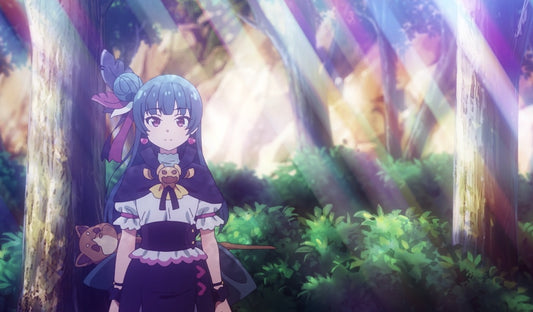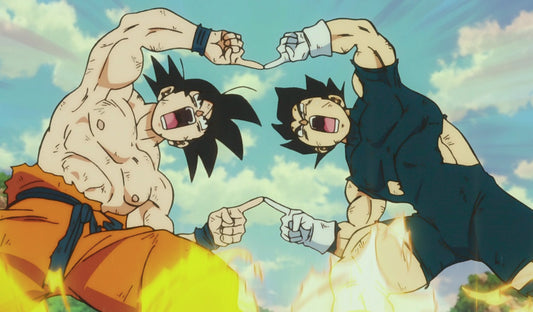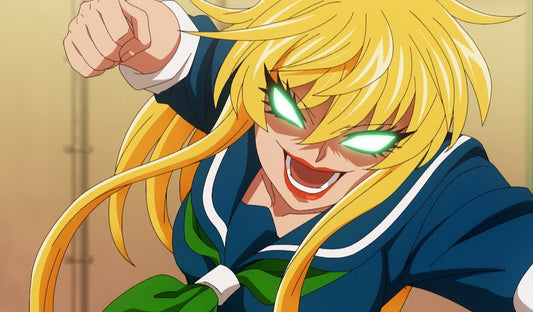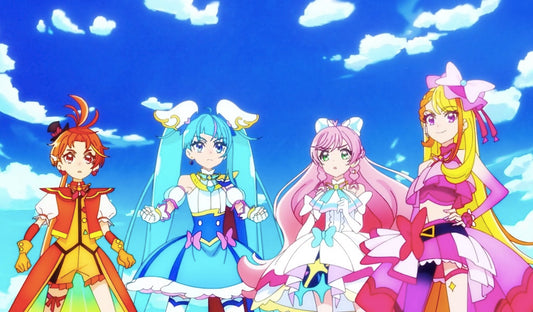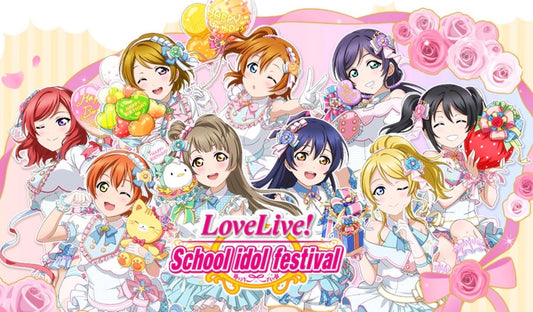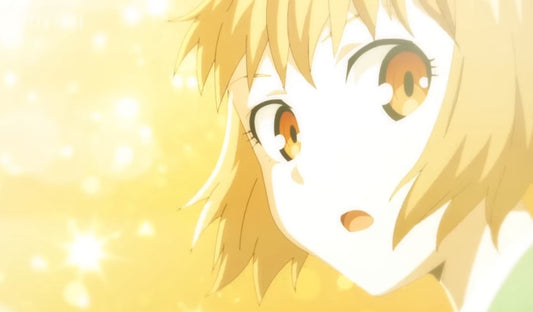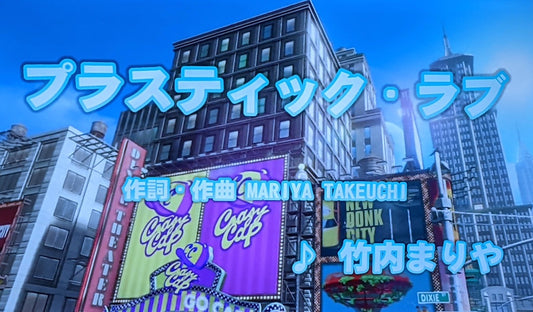The End of Sabagebu!: A Shoujo Manga of Girls, Guns, and Greed
Carl LiShare


This December marked the conclusion of the airsoft-themed comedy shoujo manga Sabagebu!: Survival Game Club by Hidekichi Matsumoto. With its final chapter appearing in the January 2017 issue of Nakayoshi (published in December), Sabagebu! finishes its five-year run with an anime under its belt, and as one of the most unlikely and irreverent shoujo manga ever made.
Sabagebu! is about a high school club whose all-female members engage in mock combat scenarios. The main heroine is Momoka Sonokawa, who begins the series as a relative newbie, but whose sharp aim and ruthless attitude make her a perfect fit. Frequently, each chapter degenerates into a combination of slapstick and dark humor where no one wins because they’ve all sabotaged each other. Many times, guns even take a backseat to the characters just messing one another up in everyday life.

While there’s plenty of scandalous behavior to go around in shoujo anime and manga, Momoka is uniquely terrible as a shoujo heroine. Characters in other series, especially antagonists, might scheme or plot revenge, but Momoka is perpetually greedy, treacherous, and always looking out for #1. Notably, when competing in a shooting game at an arcade, she pistol-whips her opponent unconscious to take the lead. This might make the series sound like it’s encouraging bad behavior. However, what makes Sabagebu! work is that, while readers get to see the absolute depths of pettiness, all of the characters (especially Momoka) tend to get their comeuppance in amusing ways.

Between the prominence of some voluptuous characters and its general disregard for romance, Sabagebu! looks like it would better fit a magazine for older male otaku, not Nakayoshi, one of the premiere publications for little girls. The author acknowledges this, stating that most of her Twitter followers are probably middle-aged men. It’s even easy to assume Matsumoto is a guy, given the masculine-sounding “Hidekichi,” but she is in fact a woman. I believe that the shoujo leanings of the series, especially in its visual style, contribute a lot to its appeal. While the characters became more rounded and somewhat less shoujo-esque over time, their powerful reactions and large and expressive eyes still evoked hints of the melodramatic shoujo works of old. This is something that was actually lacking in the anime, which gave the girls a great deal more “moe” appeal, and is ultimately one of the flaws of the adaptation.

Even if Sabagebu! didn’t quite fit in with the other Nakayoshi manga, having series that defy the magazines they’re in blurs the borders between concepts like “shoujo” vs “shounen,” and helps to prevent stagnation of manga genres. I’m reminded of the Shounen Jump of the 1970s, when it was still an upstart manga magazine. While today’s Shounen Jump all but defines the image of manga, it was once the home to eccentric and daring artists such as Go Nagai (Shameless School). Although the world is a different place today, I view Sabagebu! as one of the descendants of Nagai’s Shameless School and its crass portrayal of misbehaving students.
For those suffering from Sabagebu! withdrawal, the January 2017 issue of Nakayoshi also announced that Hidekichi Matsumoto will be getting a new series in their April 2017 issue due out in March. In the meantime, fans can check out her currently running shounen manga, Kyoukai no Micrina.
Sources: Amazon, June 2016 and January 2017 issues of Nakayoshi, Hidekichi Matsumoto Twitter
